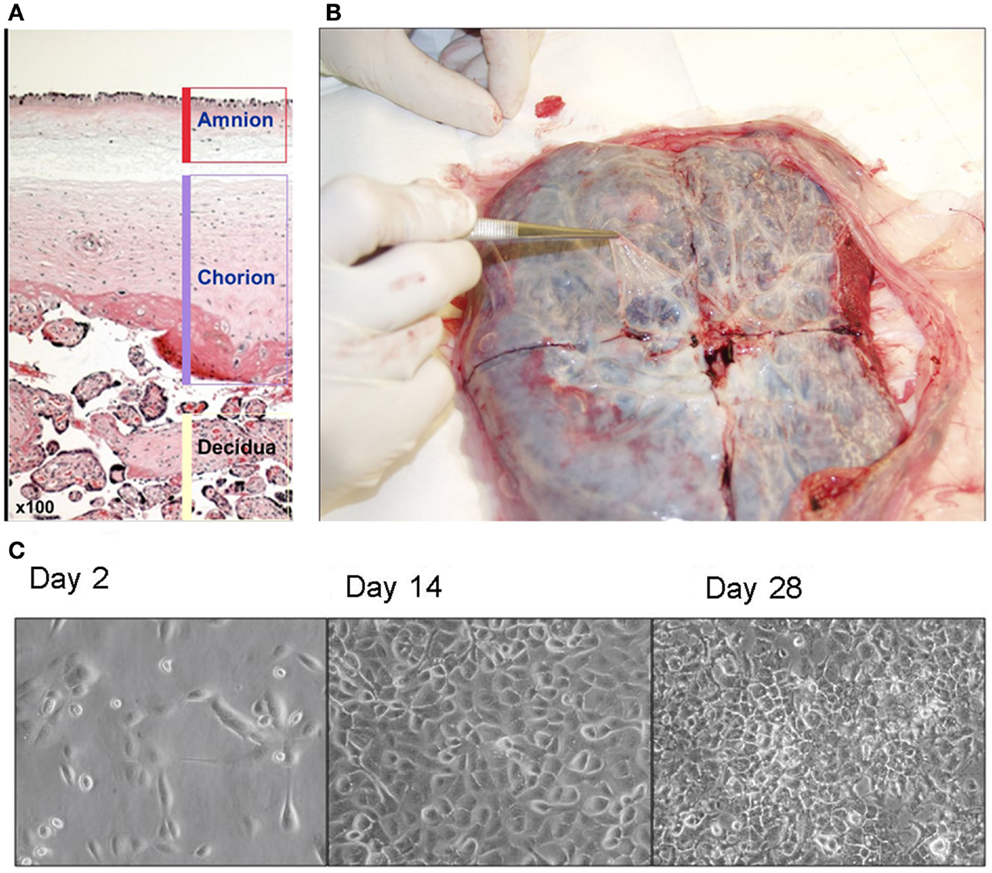Amniotic Cells
Amniotic cells are the specialized cells that form the amniotic sac, a thin membrane surrounding and protecting an unborn fetus from infection and injury. The amnion is part of the embryonic development in mammals, reptiles, birds, and some fish species. It performs several important functions including cushioning the developing embryo during gestation; providing fluid for hydration; preventing water loss through evaporation; storing fetal waste products until they can be processed by maternal organs; regulating temperature balance within a range suitable for fetal growth; and acting as a physical barrier against infection.
The innermost layer of the amnionic sac is composed of two types of epithelial cells: squamous (flat) cells forming a single layer on one side, and cuboidal (cube-shaped) cells forming multiple layers on the other side. This arrangement allows for efficient transport of materials between mother and fetus while still maintaining an effective barrier to entry or exit by harmful agents such as bacteria or toxins. Embedded within this cellular matrix are special proteins which serve to provide additional stability to keep both sides separated yet connected with each other via pathways like gap junctions.
The most notable feature about these epithelial stratified cell layers is their ability to stretch without loss of integrity due to their unique cytoskeleton composition made up primarily by intermediate filaments instead of microtubules or actin filaments found in most other cell types making them ideal structures for protection against physical trauma during pregnancy such as when there is intrauterine pressure caused by external sources like maternal exercise or rough handling during delivery process . Additionally, molecular studies have revealed that certain specific proteases produced by these stratified epithelium layers may play roles in wound healing processes after birth leading some researchers to believe they also perform protective roles before birth much like those seen in skin epidermal regeneration models postnatally.
Importantly amniocytes also contain numerous hormones involved in controlling various aspects related to fetal development at different stages throughout gestation including but not limited too oxytocin production necessary for initiating labor contractions upon reaching term age , prostaglandins precursors needed for cervical ripening prior delivery , insulin-like growth factors essential for proper organogenesis , etc all coordinated under complex regulatory networks further driving home point how integral these specialized cell populations really are sustaining healthy pregnancies from start finish!


